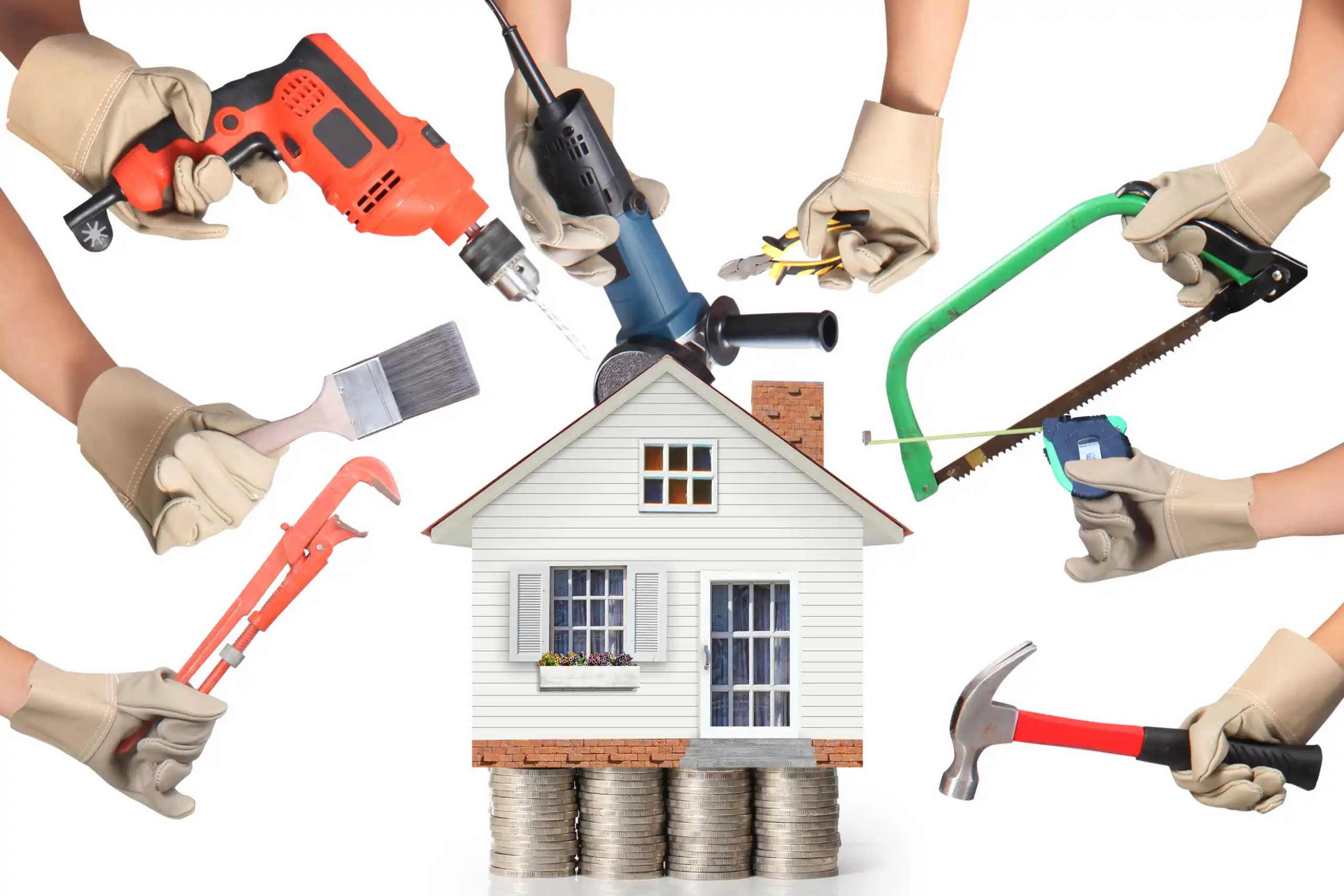Table of Contents
Introduction
Embarking on a home improvement project not only enhances your living space but can also provide potential tax benefits. Understanding the intricacies of home improvement tax deductions can help you maximize savings while enhancing your home’s value. In this guide, we’ll explore the basics of home improvement tax deductions and how you can take advantage of them.
Eligible Home Improvements
Before delving into tax deductions, it’s crucial to identify which home improvements qualify for tax benefits. Generally, eligible improvements must meet certain criteria, including:
- Enhancing the value of your home
- Improving the longevity or efficiency of your property
- Adhering to local building codes and regulations
Common examples of eligible home improvements may include:
- Energy-efficient upgrades (e.g., solar panels, insulation)
- Home office renovations
- Accessibility improvements for seniors or individuals with disabilities
- Renovations that increase property value (e.g., kitchen remodel, bathroom renovation)
Types of Tax Deductions
1. Home Mortgage Interest Deduction
One of the most significant tax benefits for fithomeimprovement.com/ is the deduction of mortgage interest paid on a primary or secondary residence. If you’ve taken out a home equity loan, line of credit, or mortgage to fund eligible home improvements, you may be able to deduct the interest paid on the loan amount.
2. Energy Efficiency Tax Credits
The government offers tax credits for certain energy-efficient home improvements, such as installing solar panels, energy-efficient windows, doors, and HVAC systems. These tax credits can offset a portion of the costs associated with qualifying upgrades, providing significant savings for homeowners.
3. Medical Home Improvements
If you’ve made home improvements to accommodate medical needs, such as installing ramps, handrails, or modified bathrooms, you may be eligible for a tax deduction. These deductions are available to individuals who itemize their deductions and meet specific criteria outlined by the IRS.
Claiming Home Improvement Tax Deductions
To claim home improvement tax deductions, you’ll need to itemize your deductions on your tax return using Schedule A (Form 1040). Keep detailed records of your home improvement expenses, including receipts, invoices, and contracts, to substantiate your deductions in case of an audit.
Important Considerations
1. Documentation: Maintain thorough documentation of your home improvement expenses to support your tax deductions.
2. Eligibility: Ensure that your home improvements meet the IRS criteria for tax deductions before claiming them on your tax return.
3. Consultation: Consider consulting with a tax professional or accountant to maximize your tax savings and ensure compliance with tax laws.
Conclusion
Home improvement tax deductions can provide valuable savings opportunities for homeowners undertaking renovation projects. By understanding the types of deductions available and adhering to IRS guidelines, you can leverage tax benefits to offset the costs of improving your home. Be proactive in researching eligible deductions and consult with a tax advisor to optimize your tax strategy.







_3-6.jpg)

